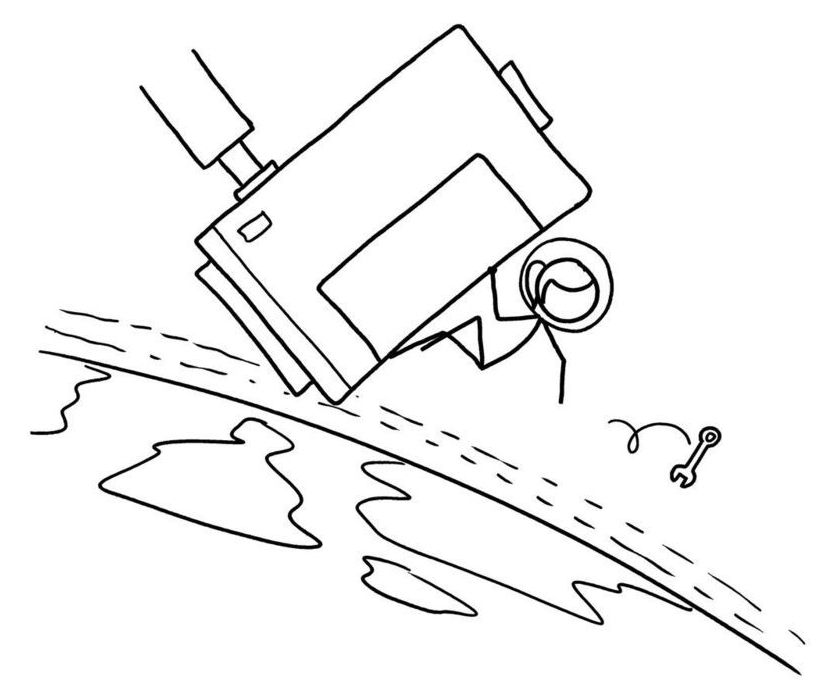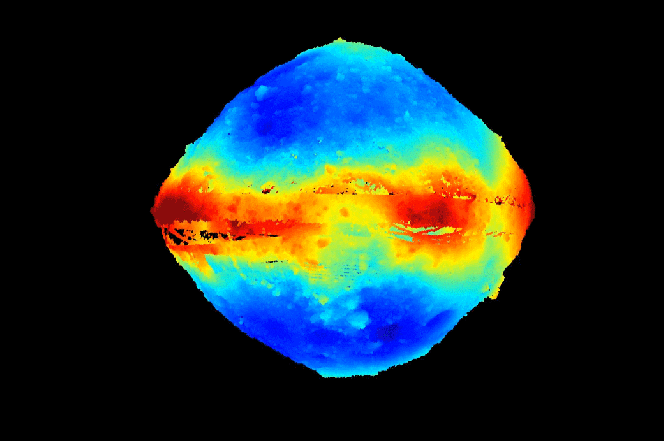Excavation may be an Earth-centric phenomenon.




DESIGNS for the ‘first space hotel’ have been revealed and it’s as weird and futuristic as you would expect.
The orbiting space station is designed to accommodate 400 guests and has facilities that you find in top hotels such as restaurants, bars and a cinema.
The commercial space hotel has been designed by The Gateway Foundation.

Pew face_with_colon_three
NASA’s OSIRIS-REx mission has been steadily progressing since the spacecraft arrived at the diamond-shaped space rock known as Bennu a few months back, but not everything has gone completely to plan.
The rock ended up being far more, well, dirty than NASA originally expected. Bennu’s surface is absolutely packed with debris, posing a challenge for NASA’s team that still has to decide where to have the probe touch down on the asteroid to collect samples. Now, using a laser instrument built into OSIRIS-REx, NASA has a detailed look at how dangerous the surface truly is.
In a new blog post, NASA explains how it used a tool called the OSIRIS-REx Laser Altimeter (OLA) to scan much of Bennu’s surface. The instrument paints a 3D picture of the hard surfaces the laser bounces off of, giving NASA researchers a detailed glimpse at the asteroid’s rocky surface.


Samsung is looking forward to what life might be like in the year 2069. The new report, called Samsung KX50: The Future in Focus, draws on the opinions of six of Britain’s leading academics and futurists to look at a range of new technologies that will affect people’s everyday lives.
Trying to predict the future is a dodgy business that has a notoriously low success rate. If the world of 2019 was anything like past predictions, we should have flying cars, personal jet packs, robot butlers, 100 percent atomic power producing limitless energy, little bottles containing nanobots that can grow cars on the front lawn, colonies on the Moon and Mars – and all in a society that hasn’t changed much since 1960, except it’s a bit nicer.


Solar system.
